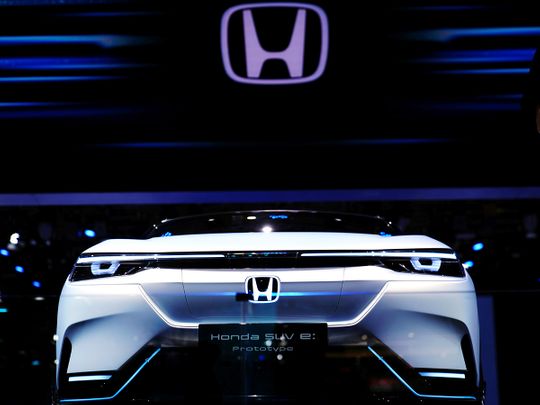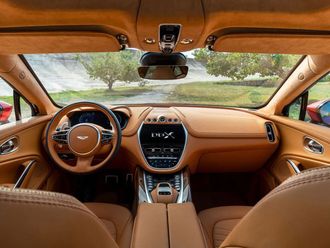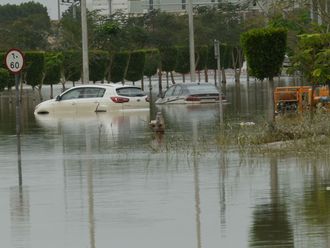
Honda Motor Co. has set a goal to have all of its unit sales worldwide be either electric vehicles or fuel cell vehicles (FCVs), which use hydrogen to generate electricity, by 2040. Honda's announcement is the first among Japanese automakers for a strategy to completely eliminate conventional gasoline-powered vehicles.
Honda will also be abandoning selling hybrid vehicles, the company said, as part of its efforts to shift its focus to the electrification of vehicles amid a global trend to tighten environmental regulations on automobiles to realize a decarbonized society.
Honda sold about 4.46 million new vehicles worldwide in 2020, which included 14,000 electric vehicles and 240 FCVs. The company previously set a goal of having electrified vehicles account for two-thirds of its global new sales by 2030, but this category also includes hybrids, which use both a gasoline-powered engine and an electric motor.
Under the new target, Honda aims to increase the combined proportion of electric vehicles and FCVs to 40% of new unit sales in North America and China by 2030, and to 80% by 2035. In 2024, the company will put on the North American market two large-size electric vehicle models jointly developed with General Motors, while 10 models will be released on the Chinese market within five years.
For the domestic market, Honda will also release an electric minivehicle in 2024, while also aiming to increase the proportion of electric vehicles and FCVs to 20% of unit sales by 2030, with the remainder to be covered by hybrids. It is aiming to hike that proportion to 80% by 2035, the same levels as the North American and Chinese markets.
Honda will also accelerate efforts for research and development in such areas as developing electrified motorcycles and driver-assistance technology, investing 5 trillion yen over the next six years.
"We decided to set high goals and take on challenges toward the realization of our goals," Honda President Toshihiro Mibe said Friday in his first press conference since assuming the post on April 1. "If we can't build a system to earn profits from the electrification business, we won't survive in the future."
Honda's alarm over the global bandwagon has prompted it to set the ambitious goal.
Honda released an FCV model named Clarity in March 2016 and a mass-produced electric vehicle, the Honda e, in the summer of 2020, but most sales of its electrified vehicles have been dominated by hybrids. The company sold about 4.46 million units globally in 2020, but these two types accounted for just 0.3% of them.
It has become imperative for automakers to increase their production of electric vehicles and FCVs, as gasoline-powered vehicles are facing backlash around the world. Britain will ban the sale of new gasoline cars by 2030, while France has set a similar target at 2040. In the United States, the state of California will also ban the sale of new gasoline-powered cars by 2035.
However, there are big challenges to overcome for Honda to achieve the ambitious goal. Mibe said they include improving the performances of main components such as on-board batteries, while at the same time reducing costs.
The company also will have to put to practical use all-solid-state batteries as the next-generation batteries, while also building plants for electric vehicle production, the president added. "There's no other way for us but to take on various challenges at the same time," Mibe said.









